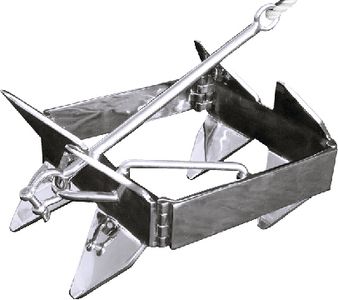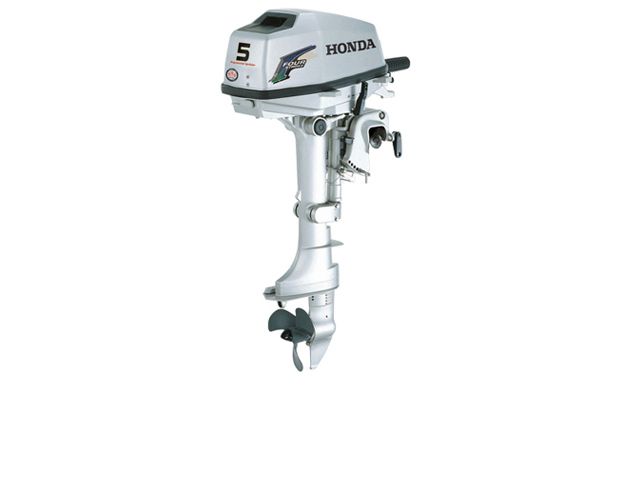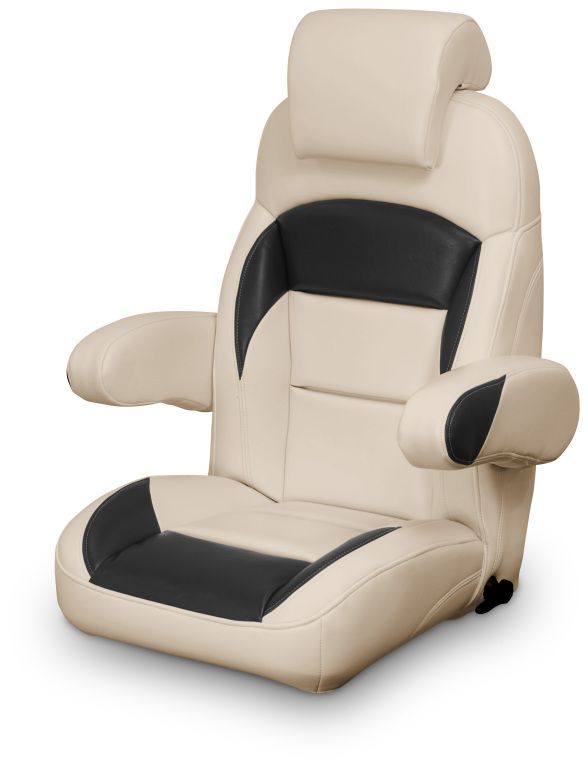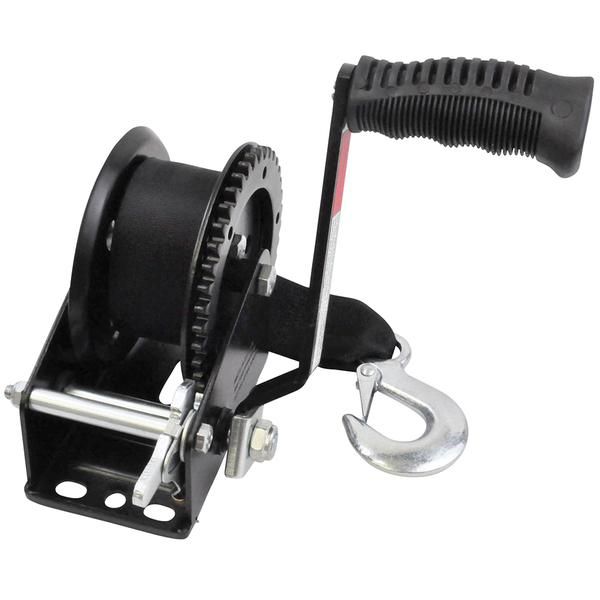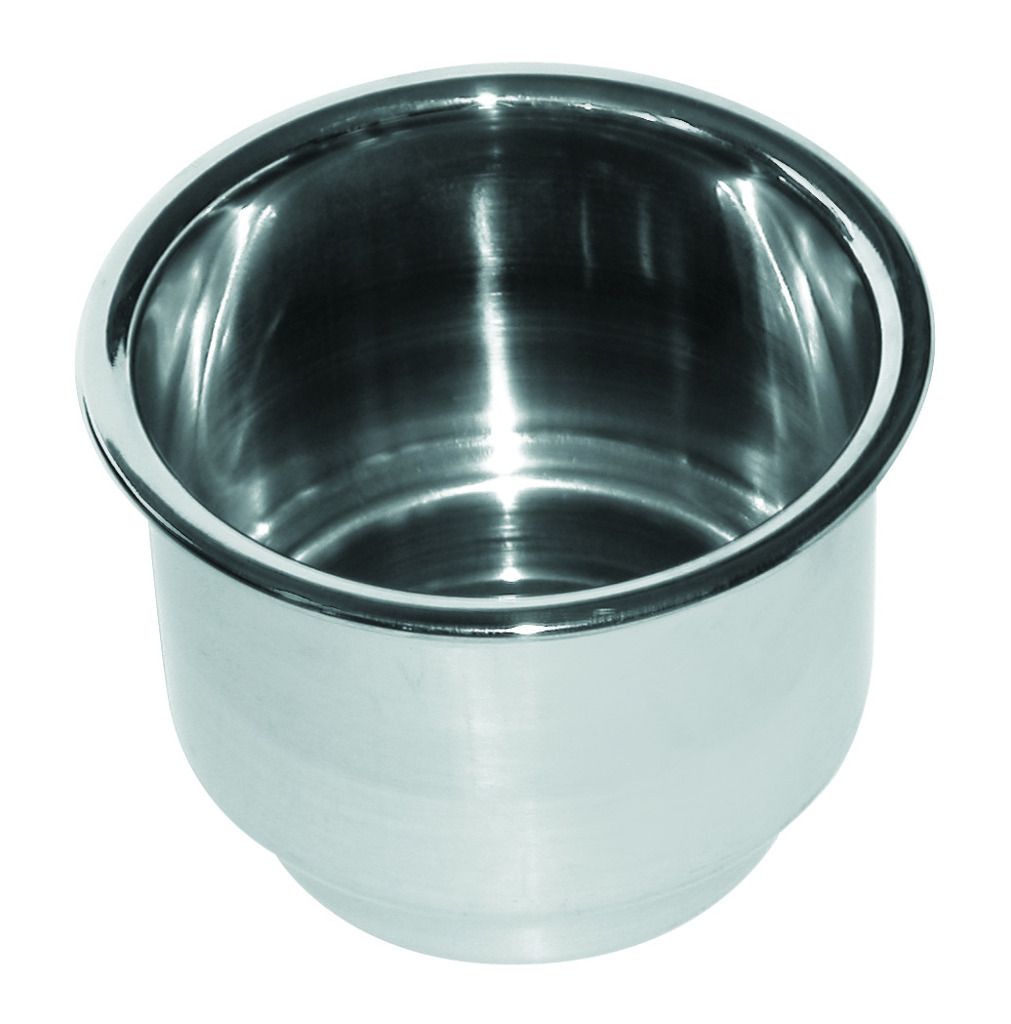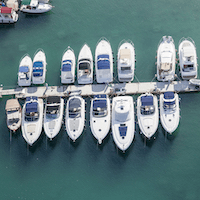Re: Inboard vs. I/O
What are you basing "out performed" on?
The same things QC pointed out. The I/O's (or outboards) are faster, more fuel efficient, and are much more comfortable in any kind of chop. Just inherent characteristics due to the adjustable drive angle and deeper V of the hull as opposed to an inboard ski boat. All of the skiers, wakeboarders, kneeboarders, and tubers that I associate with just want to slide around on the water and hop and jump around. They're not very picky what the wake looks like.
The inboards have some definite advantages: they turn quicker, the bow stays down, they plane almost instantly, they'll hold plane at a lower speed, they have a flat wake, and a skier can't pull them around. If you're a competitive skier then these things matter. If you're not, like 99.99% of the skiers out there, then they are irrelevent.
Boaters around here tend to move around between New Orleans, Slidell, Mandeville, and the East Pearl River. Kind of a square with 30-40 mile sides. Running along in the ski boat at 40 MPH with the engine screaming at 5,000 RPM and pounding in 6 inch waves apparently gets old pretty quick. Quote from an owner review of a 2008 Moomba Outback:
We are able to run over rough(er) water than most ski boats because of the wakeplate...Although I don't recommend running in anything more than a 12" chop, because it can get simply violent.
Most people I see out on boats prefer to be able to go out in a 12" chop without their boat being "simply violent". If your local conditions and usage are always on smooth water, the inboard would be fine.
There is also a small local pond that belongs to the waterski club here. It's probably a mile long and half a mile wide. They have their ski-jump, slalom course, etc, permanantly set up there. They also have 5 or 6 boats that are stored there in garages. The ONLY kind of boats I've ever seen there are dedicated inboard skiboats.
Both types of boats have their advantages, it's just been my experience that the advantages of an inboard skiboat apply to a much smaller percentage of the population.

